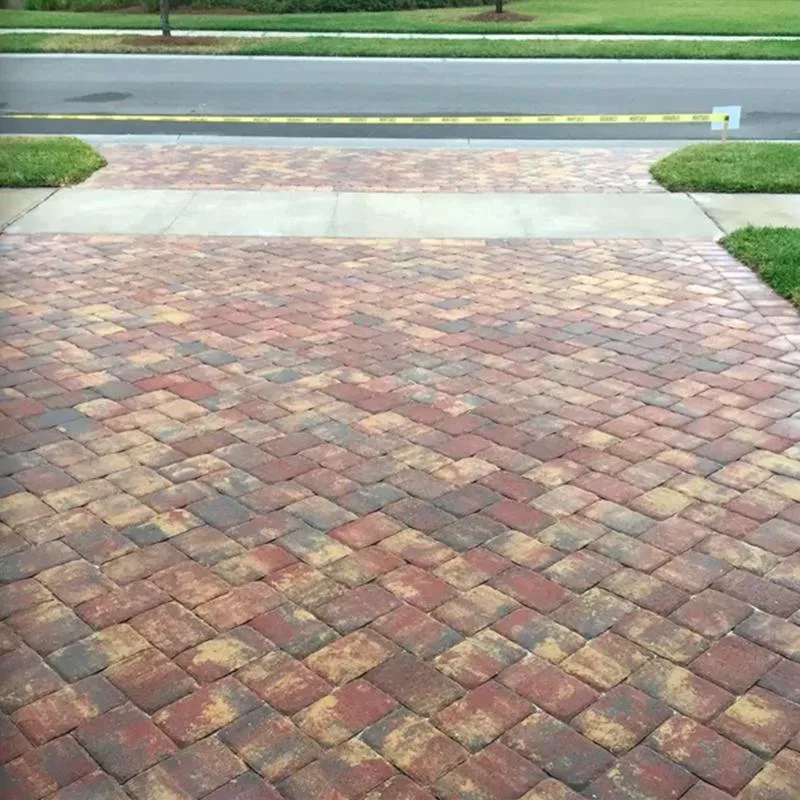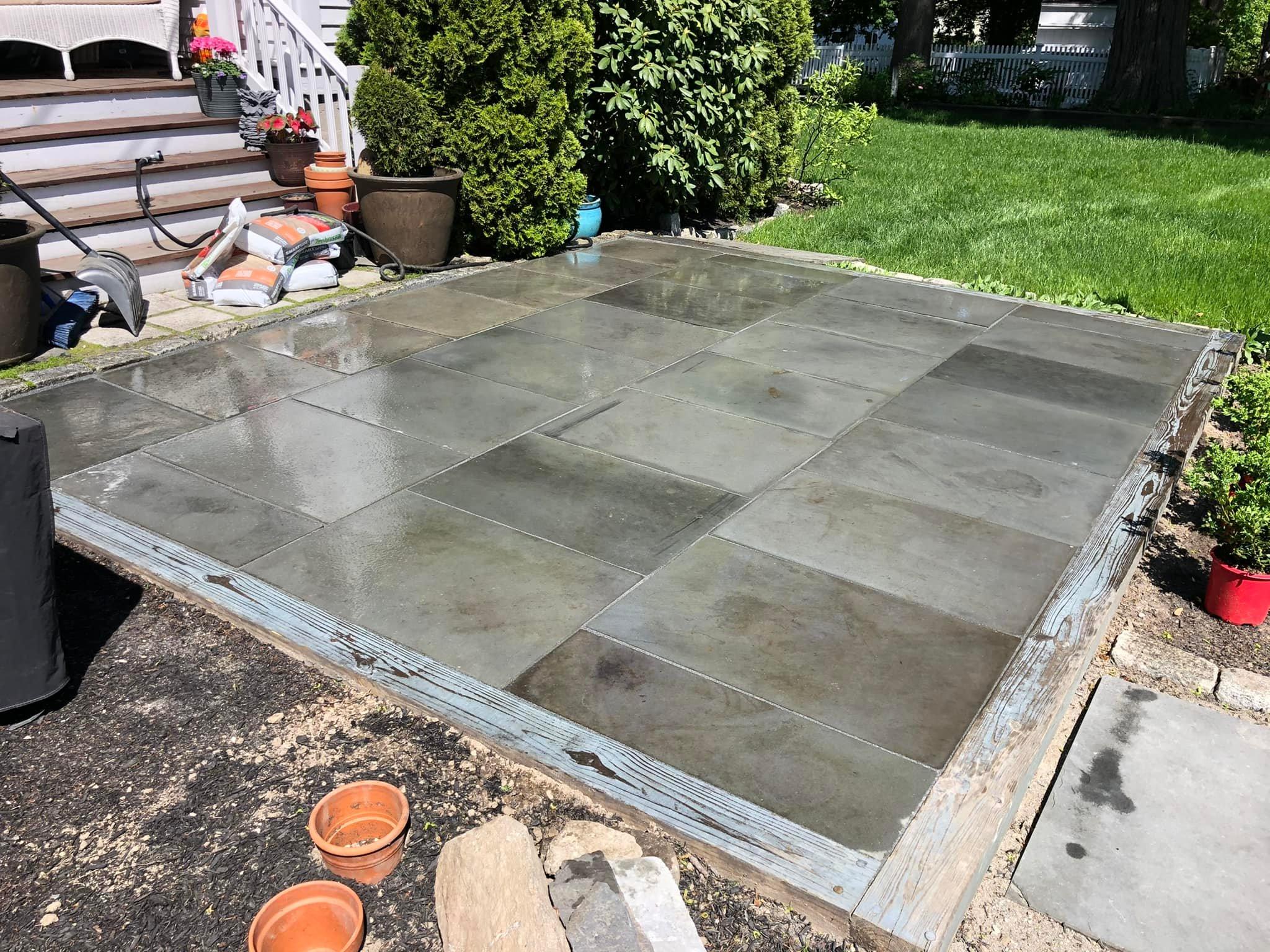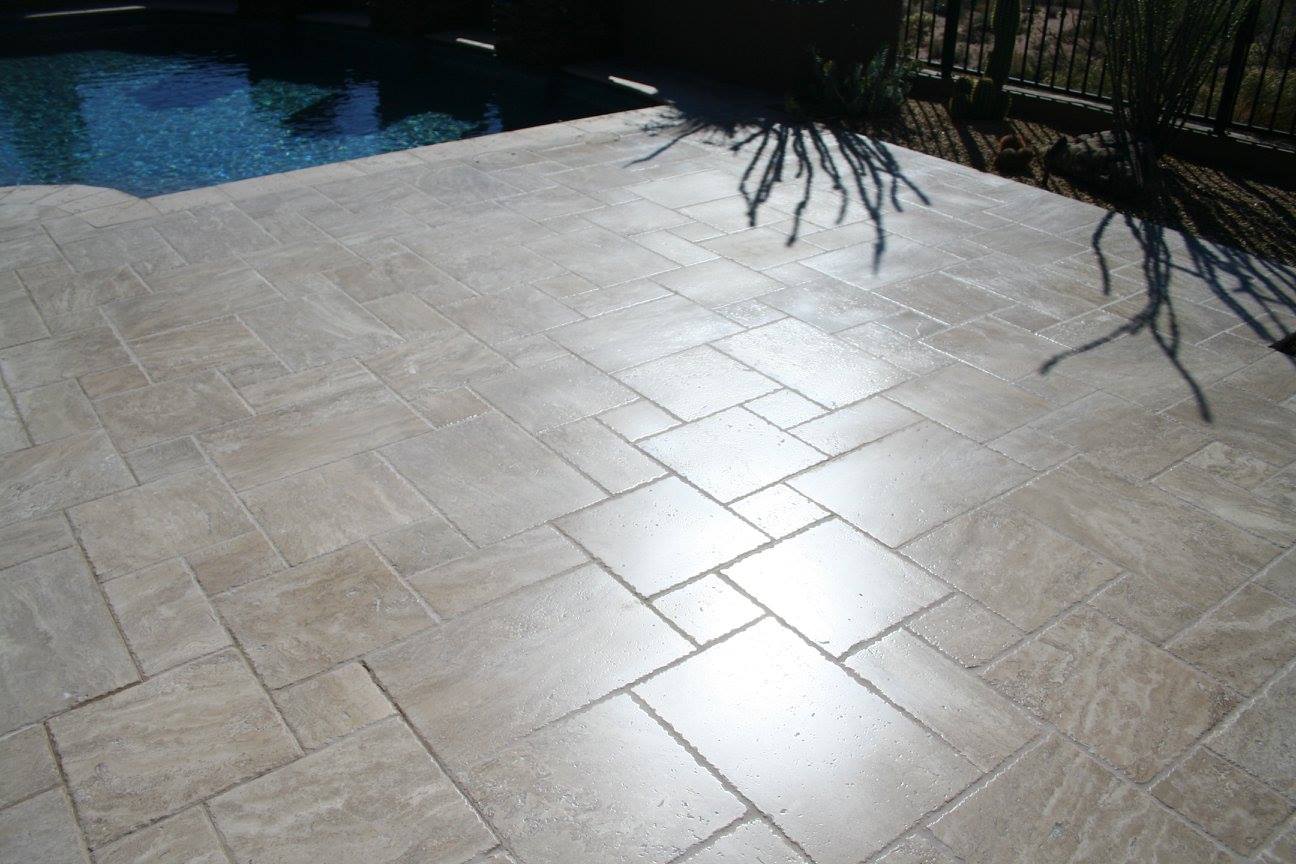Professional Worn Down Paver Sealing and Restoration Service
Imagine your home as the crown jewel of the neighborhood, sparkling under the sun’s golden rays, inviting admiration and envy in equal measure. The secret to this enchanting allure? The pathway to your door — a beautifully restored paver driveway that whispers tales of elegance and meticulous care. However, like all treasures, it requires a keen eye and dedicated effort to maintain its luster. Paver restoration is not merely about upkeep; it’s an art form that rejuvenates your outdoor spaces, transforming them into captivating landscapes of color and texture. It’s your home’s handshake with the world, making a statement of pride and beauty. Embark on this enlightening journey as we unveil essential tips for paver sealing and restoration, designed to maximize your property’s curb appeal and ensure your home remains the belle of the block.
Assessing Your Pavers’ Health
Assessing the health of your pavers is the first crucial step in the restoration process, serving as a foundation for maintaining the beauty and longevity of your outdoor spaces. It begins with a thorough inspection to identify any signs of wear and tear, such as cracks, fading colors, and uneven surfaces. This evaluation helps in determining the extent of damage and the specific restoration needs of your pavers. Factors like the pavers’ age, the type of material, and the environmental conditions they’ve been exposed to play a significant role in their current condition. Recognizing these signs early can prevent minor issues from escalating into major problems, ensuring that your pavers remain a durable and attractive feature of your landscape.
Following the assessment, it’s important to understand the underlying causes of any deterioration observed. Issues such as water damage, root growth from nearby vegetation, or improper installation techniques can all contribute to the compromised integrity of your pavers. Addressing these root causes is essential for effective restoration. Cleaning and sealing the pavers can protect them from future damage, while leveling and replacing damaged stones can restore the uniformity and aesthetic appeal of your outdoor area. Taking these steps not only enhances the visual charm of your property but also reinforces the structural integrity of the paved surfaces, making this initial assessment an indispensable part of paver restoration.
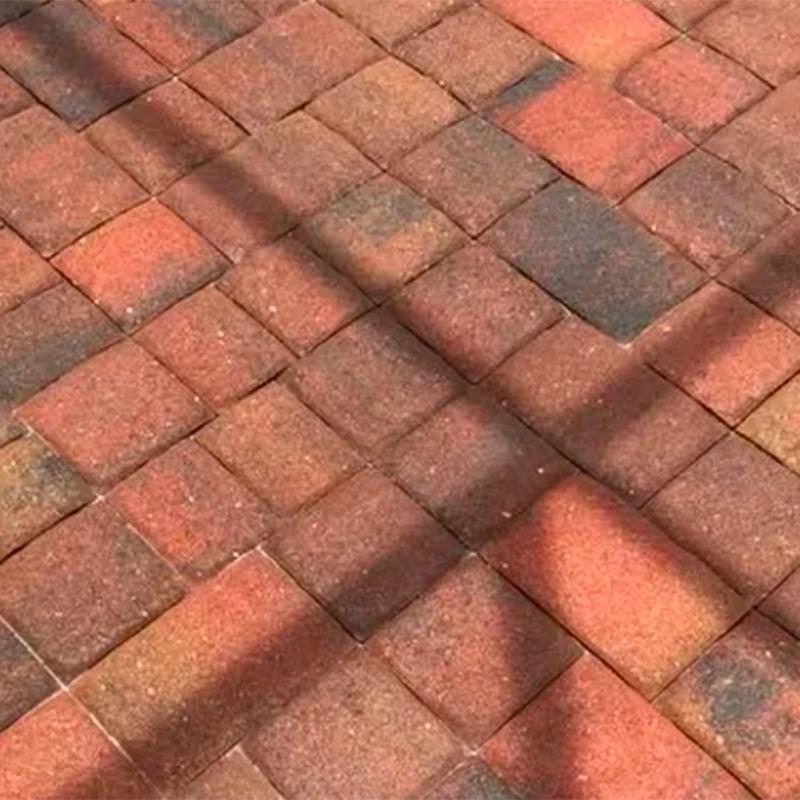
Cleaning: The Foundation of Restoration
Cleaning is fundamental to the restoration process of pavers, acting as the initial step that sets the stage for any further restorative actions. This phase removes dirt, stains, moss, and algae, which not only improves the appearance of the pavers but also prevents potential damage. Over time, these contaminants can cause pavers to deteriorate, leading to a need for repair or replacement. Therefore, thorough cleaning is not just about aesthetics; it’s a preventative measure that maintains the integrity of the pavers. The method of cleaning should be chosen based on the type of pavers and the extent of soiling, with options ranging from simple washing with soap and water to more intensive treatments like pressure washing or applying specialized cleaning solutions.
After cleaning, it’s crucial to assess the pavers for any remaining issues that might require attention, such as efflorescence or stubborn stains. Addressing these issues right after cleaning ensures that the pavers are in the best possible condition before moving on to sealing or other restoration steps. This clean slate allows for a more effective application of sealants, enhancing their protective qualities and ensuring the longevity of the pavers. By prioritizing cleaning as the foundation of the restoration process, homeowners can significantly improve the appearance and durability of their paver installations, making this step an essential part of maintaining the beauty and functionality of outdoor spaces.
The Right Tools for the Job
Having the right tools for paver restoration is essential for achieving professional-looking results and ensuring the longevity of your outdoor spaces. The toolkit for this task should include a pressure washer for thorough cleaning, a stiff brush for scrubbing away stubborn dirt and algae, and a paver sealant applicator for the finishing touches. For repairs, having a chisel and mallet on hand can help in removing or adjusting uneven pavers, while sand for joint refilling is crucial for stabilizing paver arrangements. Each tool serves a specific purpose and ensures that every phase of the restoration—from cleaning to sealing—is executed efficiently and effectively. Selecting high-quality tools and materials can make a significant difference in the ease of the restoration process and the durability of the results.
Furthermore, understanding how to use these tools properly is just as important as having them. Incorrect use can lead to damage to the pavers or incomplete restoration. For instance, using a pressure washer at an inappropriate setting can erode the surface of pavers, while improperly applying sealant can trap moisture and lead to damage. Therefore, investing time in learning the correct techniques or consulting with professionals can enhance the effectiveness of these tools. This preparation ensures that every step of the paver restoration process is conducted with precision, leading to aesthetically pleasing and long-lasting outdoor paver installations.
Re-sanding for Stability and Aesthetics
Re-sanding is a critical step in paver restoration that significantly contributes to both the stability and aesthetics of your outdoor paving. After the pavers have been thoroughly cleaned and any necessary repairs made, applying fresh sand into the joints is crucial. This process not only replenishes the joint material lost over time due to weathering and cleaning but also prevents weed growth and insect infestation by sealing off gaps. The right type of sand, typically polymeric sand, is used for its ability to harden and lock pavers together, enhancing the overall durability and integrity of the paved surface. This step ensures that the pavers are tightly bound and remain in place, providing a smooth, uniform look that revives the original appearance of your outdoor space.
Beyond structural benefits, re-sanding also plays a vital role in refreshing the visual appeal of paver installations. The clean lines and uniform gaps achieved through precise re-sanding restore the sharpness and clarity of the paving design, making it look as good as new. Choosing a sand color that complements the pavers can further enhance the aesthetic appeal, subtly highlighting the unique patterns and colors of the paving stones. Thus, re-sanding is not just about maintaining the physical structure of your pavers; it’s also about revitalizing their beauty. Implementing this step with care and attention to detail can transform a worn-out paver area into a stunning outdoor feature, showcasing the importance of re-sanding in the restoration process.
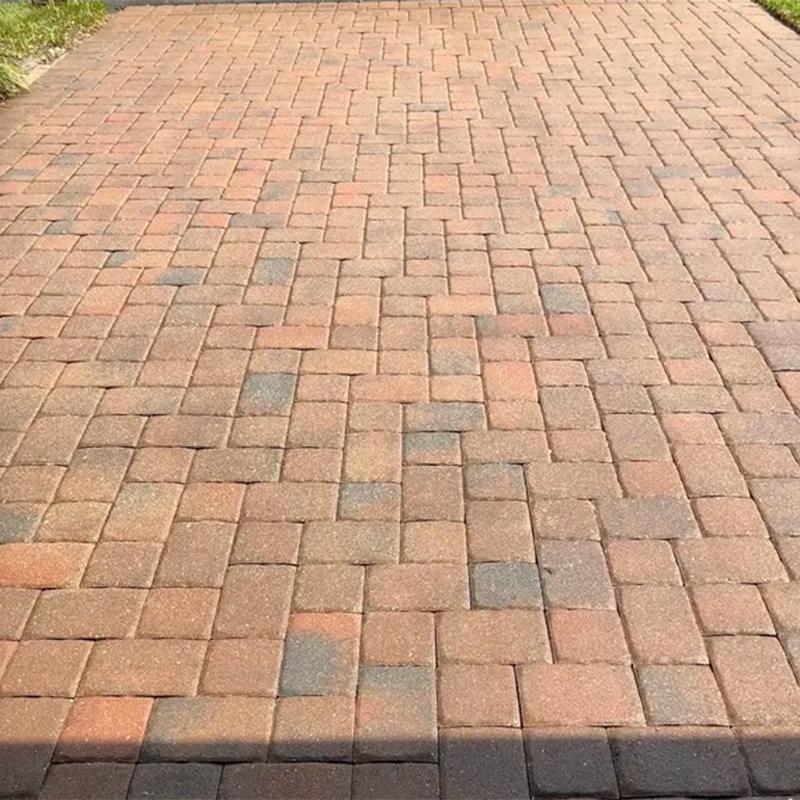
Sealing: The Protector of Paver Beauty
Sealing stands as the final guardian in the paver restoration process, preserving the beauty and extending the life of your outdoor spaces. This crucial step not only enhances the appearance of the pavers by providing a fresh, vibrant look but also acts as a barrier against the elements. A high-quality sealant repels water, reduces weed growth, and protects against stains from oil, dirt, and other contaminants. By creating a protective layer over the pavers, sealing prevents color fading caused by UV rays and minimizes wear and tear from foot traffic. The selection of the right sealant, whether matte, glossy, or wet look, allows for customization according to the desired aesthetic, ensuring that the pavers reflect the homeowner’s style while being shielded from environmental challenges.
Furthermore, sealing pavers contributes to ease of maintenance, making future cleanings simpler and less frequent. The sealant helps to keep the joint sand in place, preventing it from being washed away during heavy rains, which maintains the stability of the paver installation. Regular resealing, following the manufacturer’s recommendations, ensures that the protective qualities and aesthetic appeal of the sealant are maintained over time. This proactive approach to paver care solidifies sealing as an indispensable part of the restoration process, safeguarding the beauty and functionality of paver surfaces for years to come, and allowing homeowners to enjoy their outdoor spaces with minimal upkeep.
Ongoing Maintenance for Lasting Beauty
Ongoing maintenance is pivotal in preserving the lasting beauty of paver installations, ensuring they remain an attractive feature of your outdoor space for years to come. After restoration efforts such as cleaning, re-sanding, and sealing are completed, establishing a regular maintenance routine becomes essential. This includes periodic sweeping to remove debris and prevent staining, along with occasional rinsing with water to keep the surface clean. Additionally, addressing spills and stains immediately can prevent them from setting in and causing discoloration. Implementing these simple yet effective practices helps to maintain the aesthetic appeal of the pavers and prolongs the intervals between major restoration projects. By keeping an eye on the condition of the pavers and acting promptly at the first sign of wear or damage, homeowners can ensure their paver installations continue to enhance their outdoor living spaces.
Furthermore, monitoring the integrity of the sealant and the condition of the joint sand is critical in ongoing paver maintenance. Reapplying sealant as recommended by the manufacturer or when signs of wear appear helps to retain the protective layer that shields the pavers from the elements. Similarly, checking for and replenishing lost sand in the joints prevents shifting and instability among the pavers. Such attention to detail not only safeguards the structural integrity of the paver installation but also its visual attractiveness. Through consistent and mindful maintenance efforts, the restored beauty of pavers can be effortlessly sustained, allowing them to stand as a testament to the care and value invested in the property’s outdoor aesthetic.
https://www.google.com/maps?cid=9420210911153088529
13561 Luxe Ave Apt. 205, Bradenton, FL 34211
(941) 444-0573
https://stingraysealing.com/

